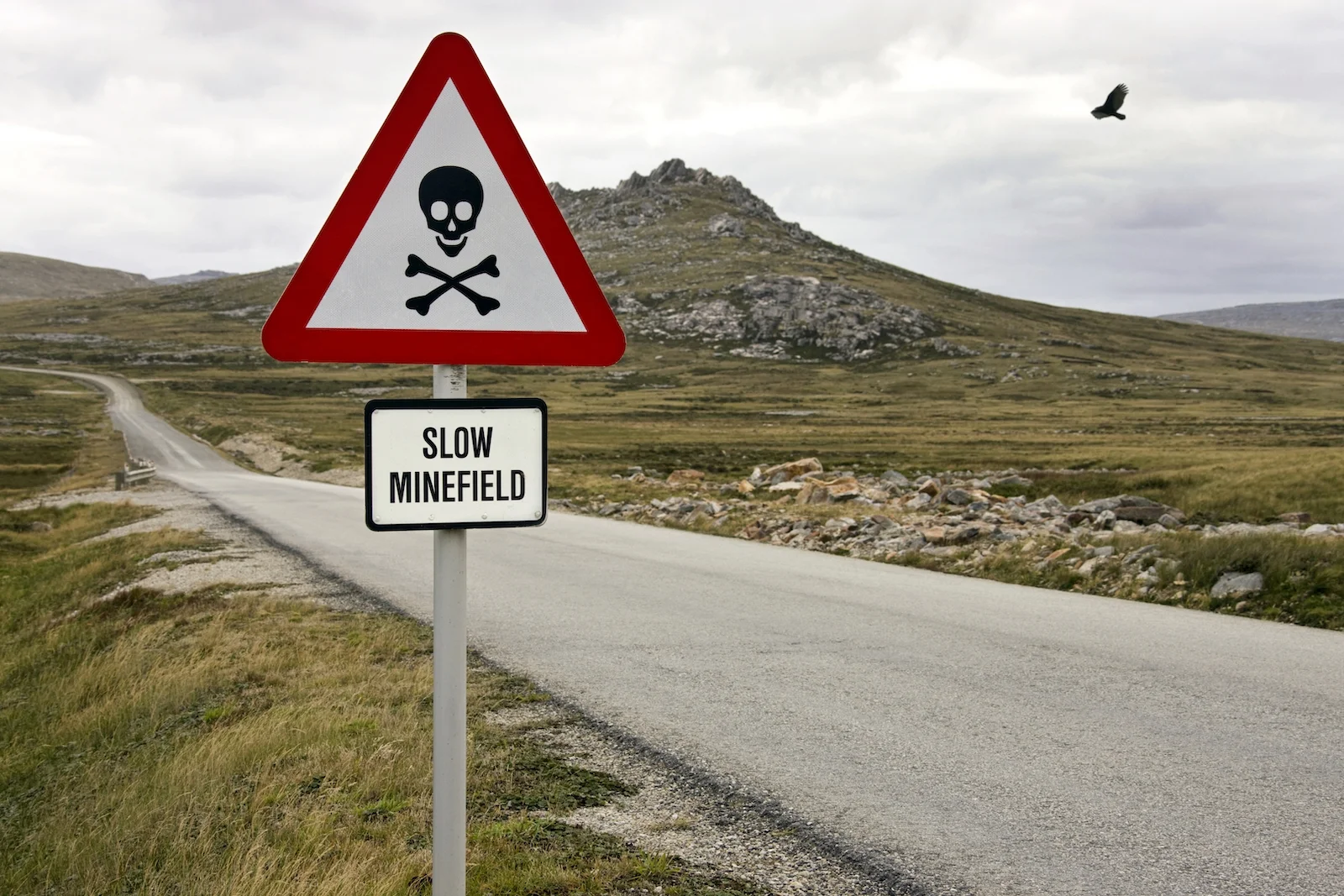
No Safe Place: The Forgotten Children of Karabakh
For many years, the Karabakh war was viewed as a frozen conflict—unresolved but dormant—until it reignited in 2020 with a 44-day war between Azerbaijan and Armenia that shattered the long-standing stalemate and resulted in the liberation of Azerbaijani territories. The war underscored the persistent dangers of unresolved conflicts and the urgent need for sustained international engagement to facilitate lasting peace. Despite numerous UN resolutions affirming Azerbaijan’s territorial integrity, global state actors failed to treat these resolutions as binding mandates to ensure compliance and pursue a peaceful solution.
The consequences of the war remain devastating. Credible sources continue to report on the long-term impact, which includes tens of thousands of deaths on both sides, the displacement of millions, and widespread physical and emotional injury. Among the most vulnerable and affected are children and adolescents, who continue to bear the psychological and emotional burdens of the conflict.
For more than three decades, Azerbaijan has drawn attention to the plight of nearly 700,000 displaced citizens, many of whom lacked a viable path to safely return home. This remained the case until Azerbaijan took matters into its own hands. Today, many of its citizens have begun to return. However, the focus of this article is not on the broader displacement but rather on the most vulnerable segment of the population: children and adolescents. A disturbingly significant portion of those killed, injured, or displaced during the war were minors.
The conflict also resulted in the widespread destruction of homes and essential infrastructure—schools, recreation centers, and public spaces that once served children and adolescents. These spaces now lie in desolation. Reports show that approximately fifty-four schools were destroyed, and many children’s playgrounds and recreational areas were reduced to rubble. Azerbaijani children and adolescents were consequently deprived of their basic rights: access to education, safe housing, play, and personal security. With their homes destroyed, many children were forced to live in makeshift shelters and temporary spaces, where they were exposed to ongoing harm and danger. Internal assessments reveal that children from families displaced by the Karabakh conflict face significantly more disadvantages than those from unaffected households.
In today’s media-saturated world, it is easy to overlook the grave injustices endured by children in conflict zones. While it is neither useful nor appropriate to compare or rank suffering, the impact of war on children in Gaza, Ukraine, and other regions reveals a common thread: during conflict, children are disproportionately exposed to violence, instability, and loss. From the Azerbaijani experience—and the firsthand stories of children and adolescents—there are common themes echoed globally: grief, the loss of family members, and the hardship of growing up under conditions shaped by war.
Until there is a global commitment to protecting children, these violations will only continue to rise. According to the UN’s 2023 and 2024 reports, violence against children is on the rise globally. Children are being used as child soldiers, and in some cases, as instruments to propagate hate and discrimination. Among the various violations faced by children and adolescents, few are more egregious than their exploitation as tools of war. In the Karabakh conflict, evidence indicates that children as young as fifteen or sixteen were recruited as soldiers. Compounding this, the use of state-sponsored educational materials to indoctrinate youth with hatred for the “other side” represents a severe abuse of their innocence—and their fundamental rights to free thought, access to unbiased information, and freedom of association.
Following the second Karabakh War, Azerbaijani children face a new threat: landmines and unexploded ordnance. As they attempt to resume normal life, these hazards continue to pose a grave danger. Once-safe areas—school grounds, playgrounds, and open fields—have become death traps. According to internal records, fifteen children have been seriously injured by landmines since 2020.
Children should never be the casualties of armed conflict, regardless of the region. International humanitarian law mandates the protection of civilians during times of war—especially children. Whether in Gaza, Ukraine, or Azerbaijan, every child deserves the right to grow up in peace and security. Even in the absence of peace, their protection must be a priority. There is no justification for the injuries suffered by six-year-old Maryam, or for the deaths of Orkhan, 16, and Nigar, 15—children killed in the city of Ganja, which was struck by long-range missiles that hit civilian areas far from any battlefield. These tragedies mirror similar events in Donetsk, Gaza, Kyiv, and other conflict-ridden areas around the world.
The impact of the Karabakh war on Azerbaijani children is a pressing issue that demands urgent and sustained attention. It is imperative that the international community step forward to take responsibility for protecting children during conflict. The destruction of schools alone has disrupted the education of more than 3,000 children—an outcome with long-term implications not just for Azerbaijan, but for the broader region and the world. These children face the constant threat of landmines and suffer from enduring socioeconomic disadvantages, making recovery even more difficult. The psychological toll is immense, with many children potentially carrying trauma into adulthood unless a coordinated and comprehensive support system is established.
This is a call to action. Both state and non-state actors must remain unwavering in their commitment to safeguarding children and adolescents around the world. The protection of young lives cannot be an afterthought in times of war. It must be at the center of every peace-building effort, every post-conflict recovery strategy, and every international conversation about justice.
